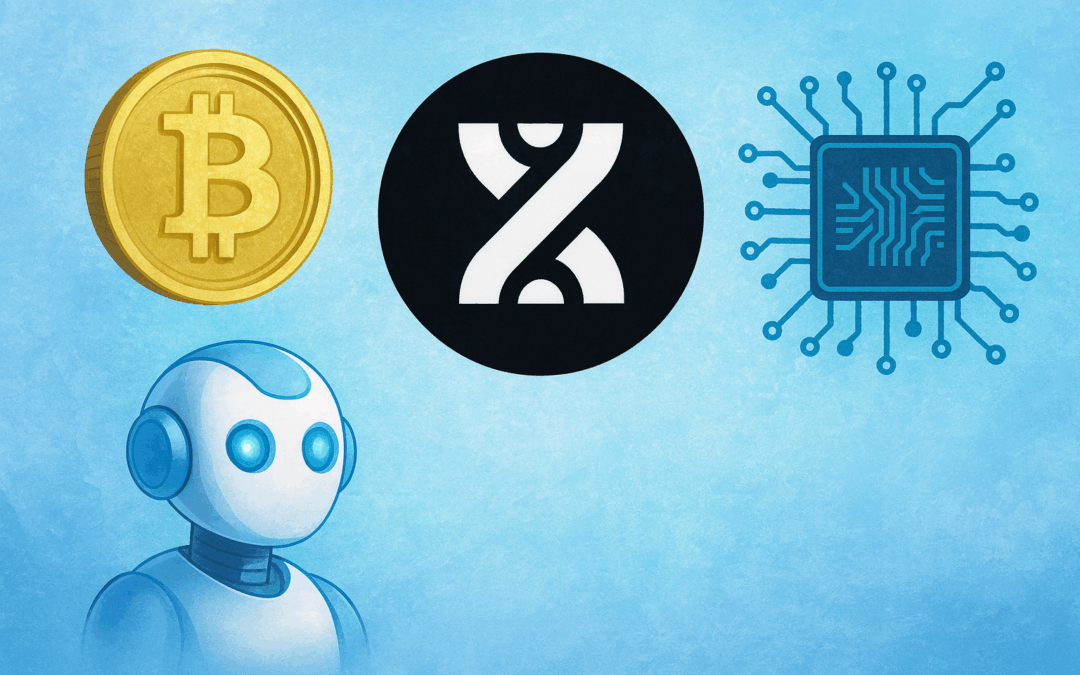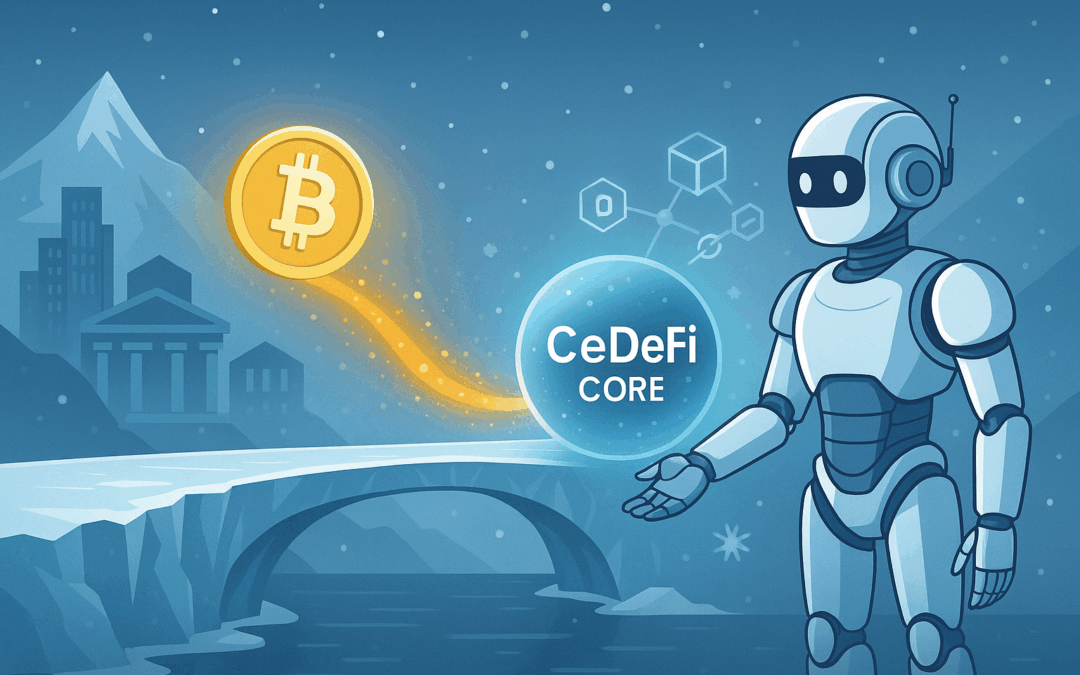In recent months, the Flux ecosystem has undergone a series of major decisions that mark a true turning point in its history. The end of Proof-of-Work mining, a transition toward a model more focused on services and infrastructure, the adoption of a new HD wallet… so many changes that will reshape the way users and operators interact with the network.
📊 The Latest Community Vote: A Historic Decision
In true decentralized fashion, the Flux community had its say.
The most recent vote, which was widely followed, sealed several strategic directions:
- Gradual end of PoW mining: Flux is turning the page on its historic mining model.
- Strengthening the role of FluxNodes in securing and operating the network.
- Modernization of user tools, with a completely redesigned wallet.
These choices were driven by a clear observation: to remain competitive in a fast-changing Web3 environment, Flux must reinvent itself.
💡 The End of Proof-of-Work: Why and With What Impact?
Proof-of-Work has long been the backbone of Flux, ensuring security and a fair distribution of rewards.
But today, this method shows several limitations:
- High energy costs.
- Difficulty attracting new participants compared to competitors.
- Scalability limits for advanced Web3 services.
By ending mining, Flux:
- Reduces its energy footprint.
- Redirects resources toward service-oriented solutions.
- Opens the door to new forms of participation through FluxNodes and infrastructure partners.
🛠️ The Arrival of the HD Wallet (BIP-44)
Alongside this strategic shift, Flux is introducing a new HD wallet based on the BIP-44 standard.
This change aims to:
- Standardize address management with a single seed phrase.
- Improve compatibility with other wallets and hardware wallets (Ledger, Trezor, etc.).
- Simplify backup and restoration of accounts.
It’s a significant evolution that, while technical, will have practical implications for all Flux holders and FluxNode operators.
🌐 An Ecosystem Refocused on Services and Decentralization
The end of mining is not the end of Flux.
It’s the start of a new phase:
- More space for developers and projects deploying on Flux infrastructure.
- An increased role for validators and node operators in network stability and performance.
- Flexibility to adapt to new Web3 opportunities, from decentralized cloud to distributed AI.
🔜 What’s Next?
At Snow-Fall.io, we are closely monitoring these developments.
The next article in our series will be dedicated exclusively to the new HD wallet BIP-44, its implications, and the concrete actions needed to migrate smoothly — especially if you operate one or more FluxNodes.
The transition is underway. As is often the case in Web3, those who adapt quickly stand to benefit the most.








